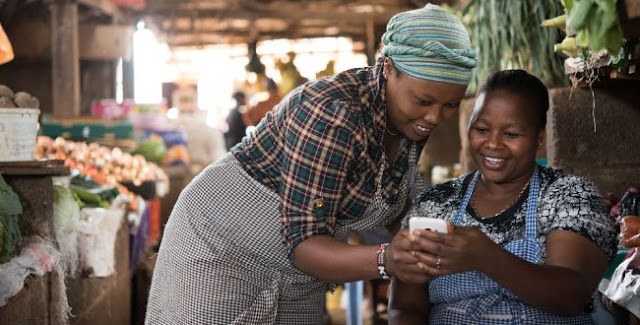Tanzania is one of the most developed mobile money markets in the world, representing almost a third of all of East Africa’s active mobile money accounts in 2015. [1] It is also one of the most progressive, with ambitious initiatives regularly leading to new product innovation. Today, we are releasing a publication looking at the impact of one form of innovation coming out of Tanzania: the impact of account-to-account mobile money interoperability.
With Tigo, Airtel and Zantel having connected their services in 2014 and Vodacom integrating in 2016, account-to-account interoperability is still in early days in Tanzania. As such, this publication focuses on preliminary quantitative metrics alongside perspectives and reflections written by the service providers. The basic quantitative data offers a glimpse of initial customer behaviours and allows us to benchmark growth against a comparative use case, the off-net voucher. The latter half of the publication focuses entirely on the perspectives of the providers. These perspectives are critical because the experience of these players will inform both how Tanzania develops and how other practitioners evaluate the opportunity of interoperability in their own markets.
Between the data and the providers, Tanzania has provided more evidence to help all industry stakeholders develop more realistic expectations of and a better understanding for account-to-account interoperability. For example:
- Basic market prerequisites in Tanzania provided the right dynamic for early growth. Growth in Tanzania is promising, particularly given providers have taken a “wait and see” approach in the early days. For Airtel and Tigo, cross-net transactions now exceed off-net vouchers, and both cite double-digit monthly percentage growth. To capture this early organic growth, providers benefitted from (1) an enabling regulatory environment that encourages innovation, (2) strong operational foundations across all providers and (3) a commitment to the user experience, including honouring a consistent price for all P2P transfers – whether on-net or cross-net. Markets lacking these basic prerequisites may risk a harder road before reaping the benefits that interoperability can enable.
- Interoperability between providers can also be a catalyst for further investment in industry collaboration. There is a healthy diversity of perspectives and expectations from providers around the implementation and impact of domestic interoperability. However, what is clear is that the launch of this singular form of interoperability is part of, and in some cases reinforced by, an on-going strategy to capture the benefits of broader industry collaboration. Millicom, Vodacom and Airtel all explicitly expressed an interest to build on their experience and potentially extend interoperability to new use cases, such as merchant payments.
- The impact of interoperability is best measured over the long-term. Mobile money interoperability has further to go in Tanzania before it is close to the transaction volume processed through bank integrations or on-net P2P transfers. To accelerate that growth, the industry continues to explore how improvements to the technological and financial infrastructure could make mobile money interoperability more efficient. New investment in customer campaigns are also underway, and these investments will help evaluate the long-term growth ceiling and the extent of mass-market need for the functionality.
- Source: gsma








